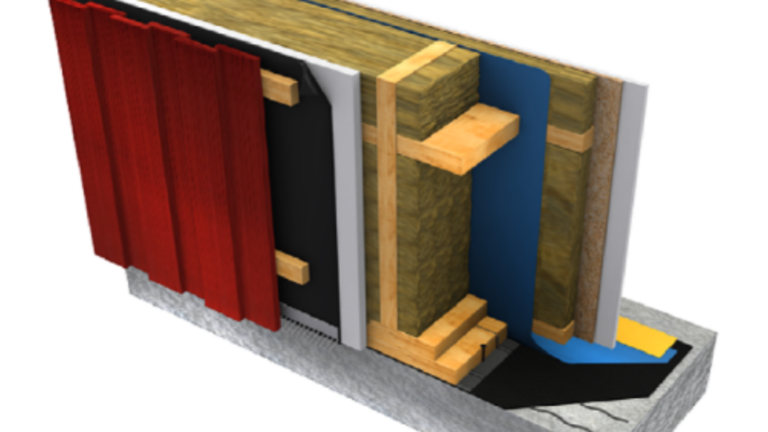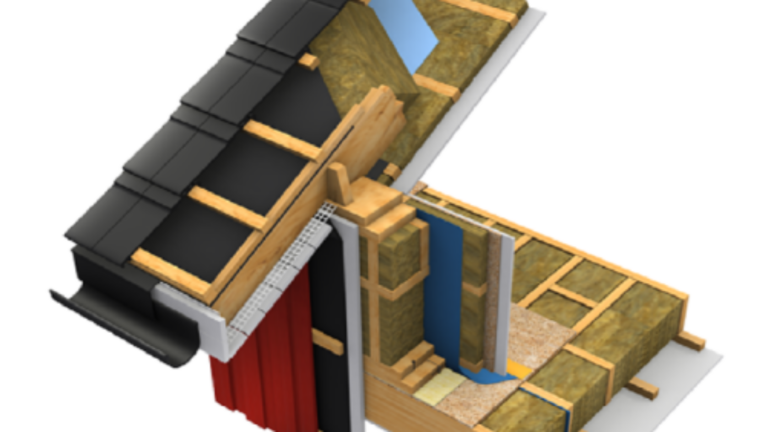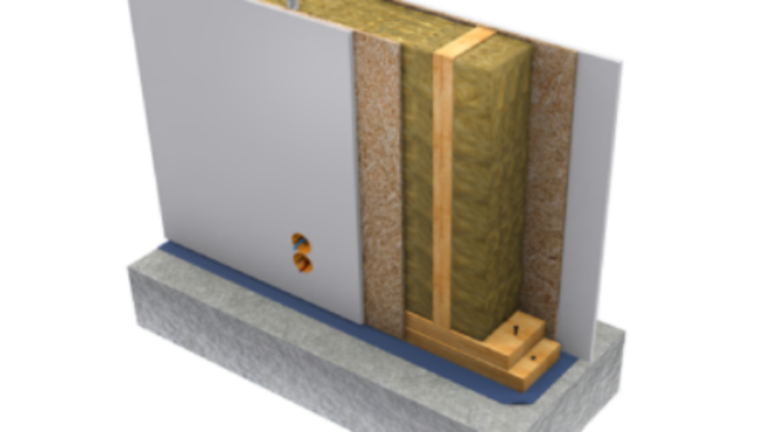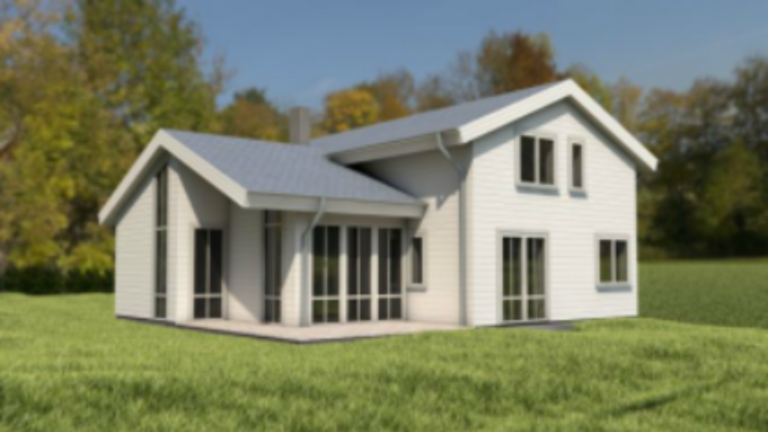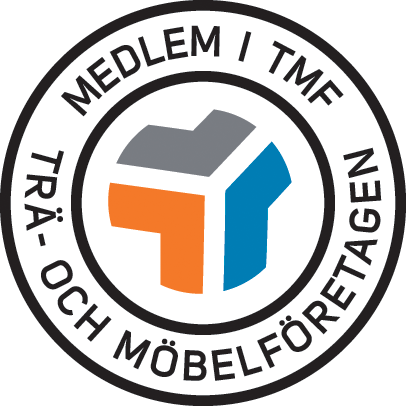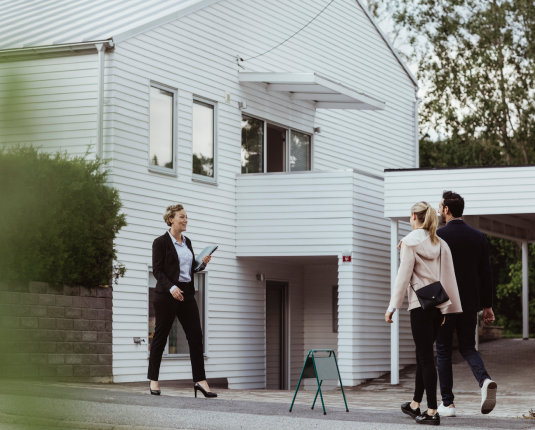
Ten reasons why you should consider the VILLASWEA Timber Frame Building System:
Timber Frame Houses
VILLASWEA and it´s partners has developed well proven technology for timber frame houses on a large scale and with high quality. This involves production and assembly of house components (walls, trusses, floors and roofs) in the controlled environment of the factory which are then transported and assembled on site. This method of manufacturing has a number of advantages to both builder and consumer compared to traditional brick and mortar construction:
Models of houses:
Capacity: 20 000m2/monthn
Assambly: 3-5 days
High quality material.
Diversity in models, combined timber and bricks.
Flexible system
Induvidual projects
Public building/appartments
1. Quicker to construct: On account of assembly line production processes, VILLASWEA is able to build houses 70% quicker than traditional brick and mortar. The full production cycle from input supplies, design to assembly and on site erection is 60 working days, while on-site erection takes place in 3 days.
2. Larger Scale: Using factory based production principles permits VILLASWEA to scale up production using up to 3 shifts a day.
3. Commercially Advantageous: Due to the scalability and speed of production VILLASWEA is able to build houses in a commercially viable way. In particular, quicker construction unlocks capital that would otherwise be tied up as the homebuyer pays for a mortgage on the new house but at the same time has to pay rent while waiting for construction to end. For a property developer, a quicker turnaround time to complete a development brings huge commercial gains and savings.
4. Energy Efficient homes: Timber frame homes are highly energy efficient. Insulated walls combined with a lower mass compared to brick and mortar result in huge savings in energy and cheaper electricity bills. Recent studies suggest that a 32% saving is possible. If solar paneled geysers are included the savings are even greater.
5. Higher Quality: More consistent and less Snags: VILLASWEA are built like a car. Precision engineering combined with computer aided design and manufacturing systems ensure that houses are built to the highest level of European quality and consistency. We can provide a guarantee for 10 years for each house as a demonstration of our belief and commitment to our product.
6. Design & construction Flexibility: Just because its timber frame doesn’t mean you can’t have bricks. Timber frame provides the structure for the roofs and walls but the building can be clad with different finishings on the outer wall. From an architect’s viewpoint, manufactured housing provides great scope for creative and innovative designs, which can be tailor made to customer needs.
7. Environmentally friendly: Timber frame houses have a much smaller carbon foot print than traditional building. Starting upstream in the value chain, VILLASWEA sources its timber from companies that harvest their forests in an environmentally sustainable way. So for every tree that is cut down two new trees are planted. In the next step, the factory production process as well as the materials used emits less CO2 and energy. Indeed every cubic meter of wood used in a house saves 2 tons of CO2.
8. Cleaner Building Site: The construction site is also much more eco friendly as most of the construction takes place in under the shelter of the factory with only the erection of the house taking place on site. The result is less waste and a cleaner building site less prone to the vagaries of weather.
9. Healthier: Due to the organic breathable nature of wood timber frame houses are healthier than normal houses and do not suffer from damp and humidity.
10. Acoustics: The use of insulation in the walls, as well as in the Floor Box and Roof Elements, significantly improves the acoustical performance with the high absorption of air-sound.
Timber Frame Houses
VILLASWEA and its partners has developed well proven technology for timber frame houses on a large scale and with high quality. This involves production and assembly of house components (walls, trusses, floors and roofs) in the controlled environment of the factory which are then transported and assembled on site. This method of manufacturing has a number of advantages to both builder and consumer compared to traditional brick and mortar construction:
